

Stainless-Steel Solutions
Rust can make good work look bad and compromise the longevity and durability of a project. That’s why, when selecting materials such as connectors, fasteners and anchors, it is vital to consider corrosion risk factors that may be present in the service environment. An informed investment in stainless-steel components can help guarantee long-term performance and eliminate the need for future repairs.
Simpson Strong-Tie offers a broad variety of stainless steel solutions that will stand the test of time against corrosion.
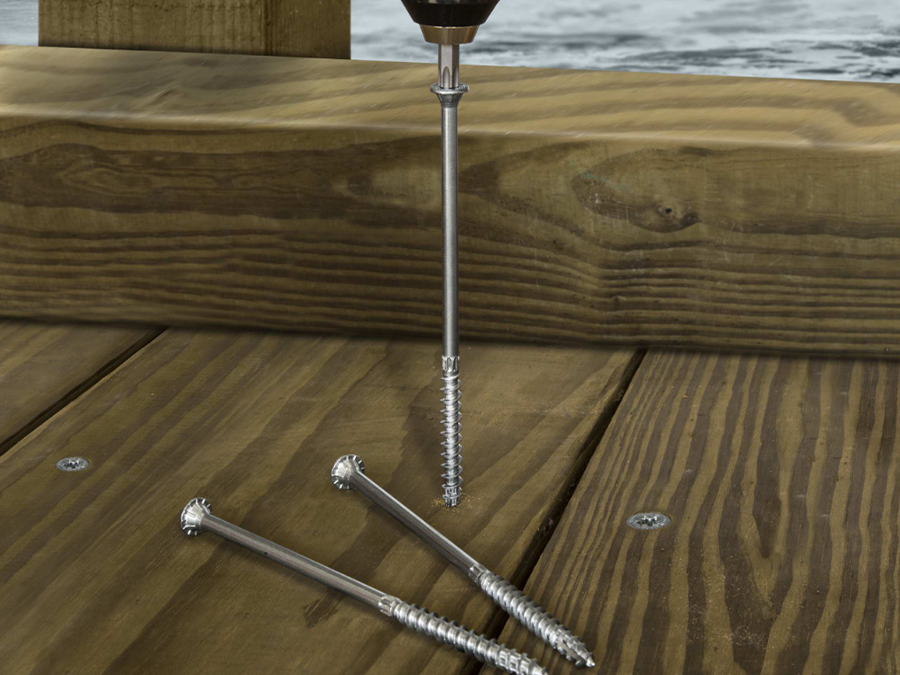
Stainless-Steel Fasteners
There are a wide range of available fastener materials and coatings that possess varying levels of corrosion resistance and it is important to identify the right one for the intended environment.
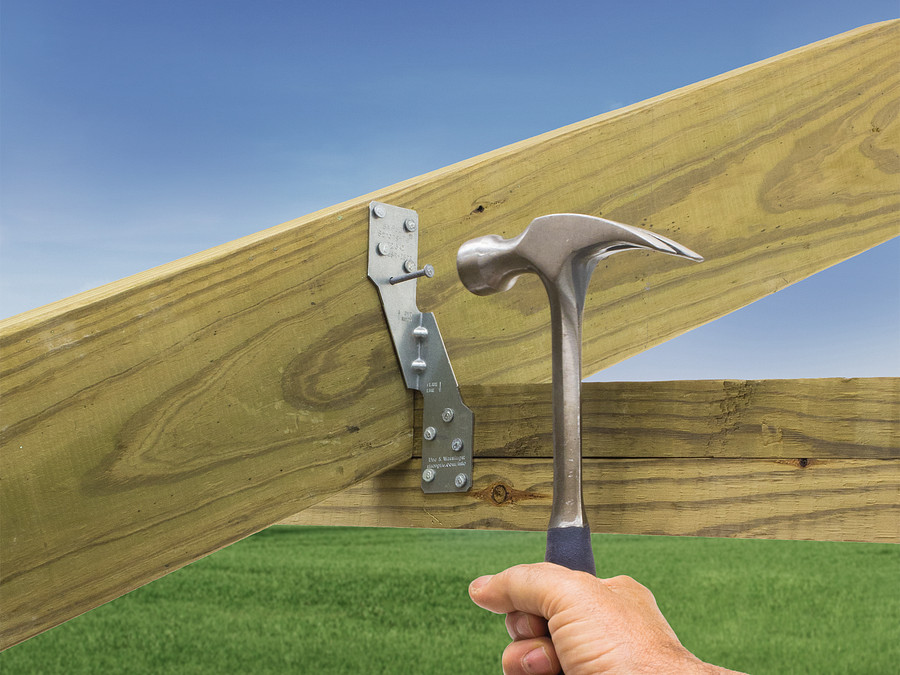
Stainless-Steel Connectors
Simpson Strong-Tie offers a wide range of type 316 stainless steel connectors and fasteners designed to provide a superior level of protection and durability against corrosive environments and materials.
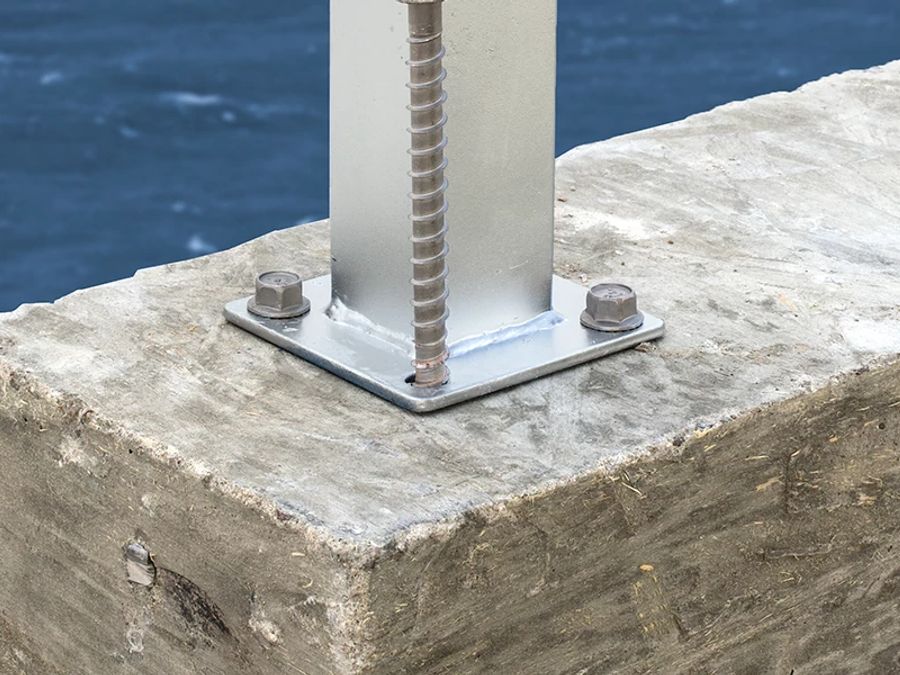
Stainless-Steel Anchors
When it comes to anchorage, selecting a material that can withstand the environment is critical. Proper protection comes from materials that are capable of resisting corrosion while maintaining their strength.
The Science Behind Stainless Steel
Stainless steel is the ideal choice for corrosive environments due to a very thin oxide layer that forms on the surface of the steel that protects it. This film is the result of adding chromium into the carbon steel during production which changes the nature of the iron oxidation. It is referred to as a “passive layer” since it renders the surface electrochemically passive, or rust resistant, in the presence of corrosive elements or substances. If scratched or removed in some way, this layer will reform and continue to provide protection.
In order to qualify as “stainless”, the steel must contain at least 10.5% chromium since that is what causes the protective passive layer to form. From there, nickel is added to create type 304/305 and both nickel and molybdenum are added to create type 316 stainless steel.
Common Corrosive Factors that can Negatively Affect Steel
- Water
- Ocean Salt Air (up to 10 miles from the coast)
- Preservative-treated wood
- Fire retardant-treated wood
- Salt used to de-ice or melt snow
- Pool or hot tub chemicals
- Fertilizers
- Soil
- Industrial zones
- Concrete
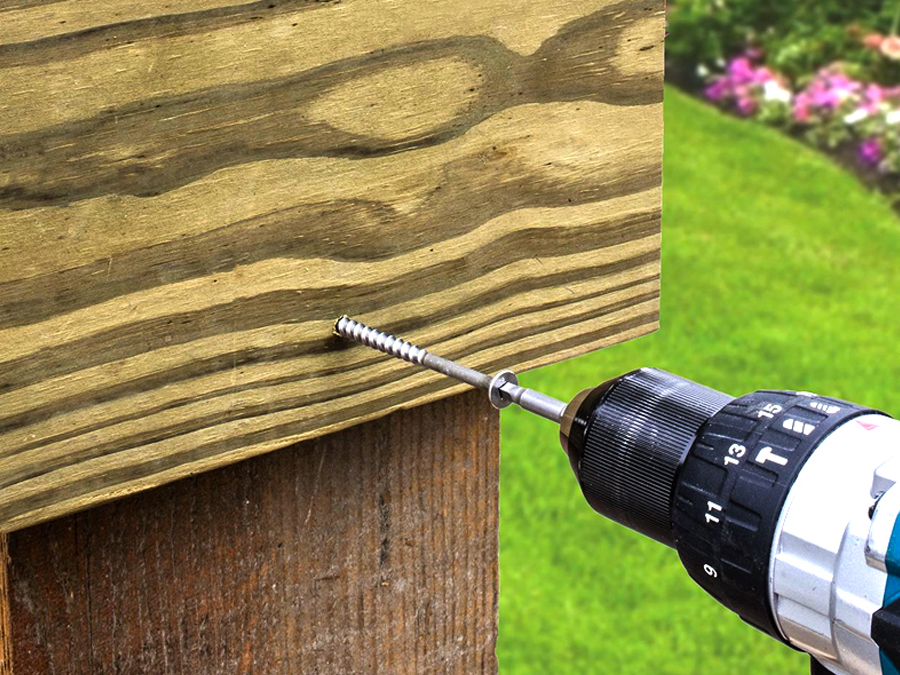

Types 303, 304 and 305
Suitability:
Very good corrosion resistance for exterior environments and those where chemicals such as fertilizers, soil, acid rain and other corrosive elements are present. Also suitable for use with preservative and fire-retardant treated wood in wet (exterior) environments.
Applicable Simpson Strong-Tie Products:
- Anchors: Titen HD®, Strong-Bolt® 2, Wedge-All®, Sleeve-All®, Drop-In, Heli-Tie™ anchors
- Fasteners: DWP Wood SS screw, DCU Composite Screw, other handdrive and Quik Drive® collated screws, and hand drive and collated nails
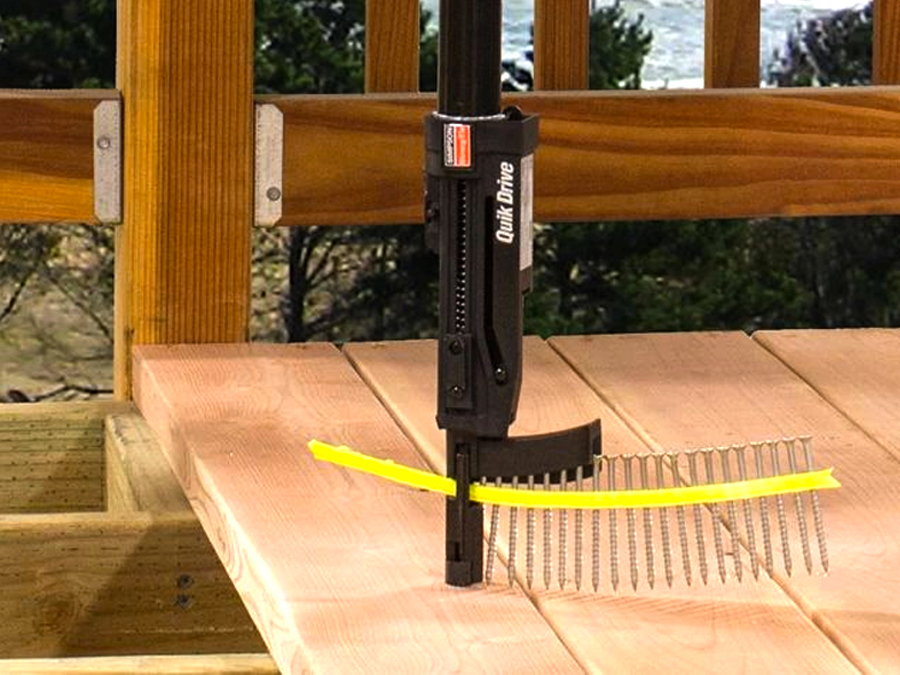

Type 316
Suitability:
The maximum corrosion resistance for severe environments such as marine and seaside applications and where de-icing salts are present. It is resistant to chlorine, chlorides (salt), sulfuric acids and a wide range of chemicals.
Applicable Simpson Strong-Tie Products:
- Anchors: Titen HD, Strong-Bolt 2, Wedge-All, Drop-In, Heli-Tie
- Connectors: Select Simpson Strong-Tie connectors
- Fasteners: SDWS Timber SS screw, SD Connector SS screw, DWP Wood SS screw, DCU Composite Screw, SCNR Ring-Shank Connector nails, other hand-drive and Quik Drive collated screws, and hand drive and collated nails


Type 410
Suitability:
A low-carbon grade of stainless steel that can be hardened and is inherently magnetic. This material provides corrosion resistance in mild atmospheres and many mild chemical environments.
Applicable Simpson Strong-Tie Products:
- Anchors: Titen® concrete screws
- Fasteners: Self-drilling screws (hand drive and collated)